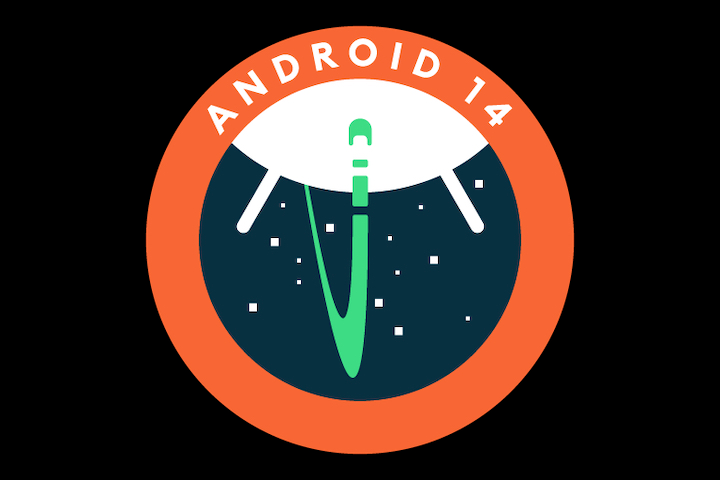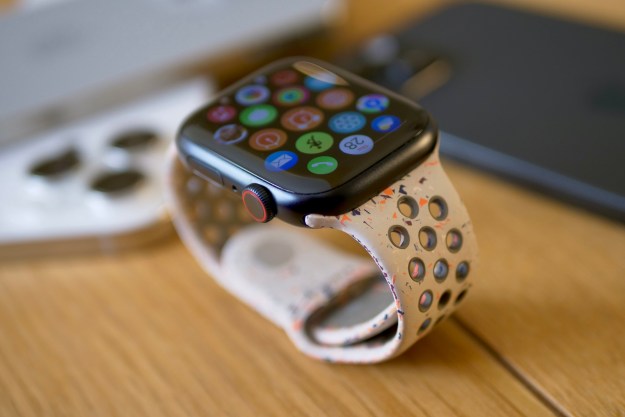Google has released the second developer preview of Android 14, as the next major version of the operating system takes another step toward a full release. Like the first Android 14 developer preview, the clue as to who it’s for is in the name.
This early version is designed for developers to test new features and designs in their apps, and to explore how new tools in the software could help improve them. It’s not designed for everyday use by consumers — that version will come later.

The second preview comes a month after the first, and includes enhancements based on feedback from the initial version, along with further changes to some of the early new features being introduced with Android 14. Don’t expect deep insights into how Android 14 will look and operate here, as the tools are very much aimed at app development, rather than showing direct consumer-facing design and feature elements.
What we can see is further emphasis on privacy and security, plus more changes to make Android 14 work even more seamlessly on large screens. For example, Google has introduced guidance on app quality for devices with large screens, more tools to help predict motion and stylus movements, and a gallery with design inspiration for different types of apps running on tablets and folding smartphones. There are all changes that make sense with a Pixel Tablet and Pixel Fold looming around the corner.
For security and privacy, the introduction of Credential Manager is a big move, as it promises to simplify sign-in procedures — either through the use of passwords or (more interestingly) passkeys. Google discussed Passkeys in Android last year, and this helpful feature promises to be part of
The second developer preview of Android 14 must be manually installed and is currently only compatible with Google Pixel phones starting with the Pixel 4a, and leading up to the most recent Pixel 7 and Pixel 7 Pro models. Even if you have one of these phones, we don’t recommend trying to install the new preview of
Editors' Recommendations
- A new Google Pixel Tablet is coming, but it’s not what you think
- Google just released the first Android 15 beta. Here’s what’s new
- These are the best Android 15 features you need to know about
- Why you shouldn’t buy these 5 Apple Watch Series 9 alternatives
- Android 15 has two hidden features you’re going to love



